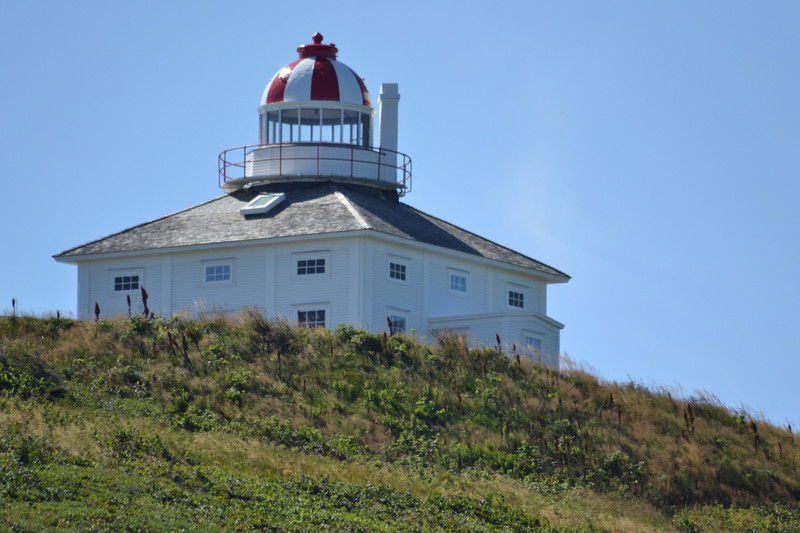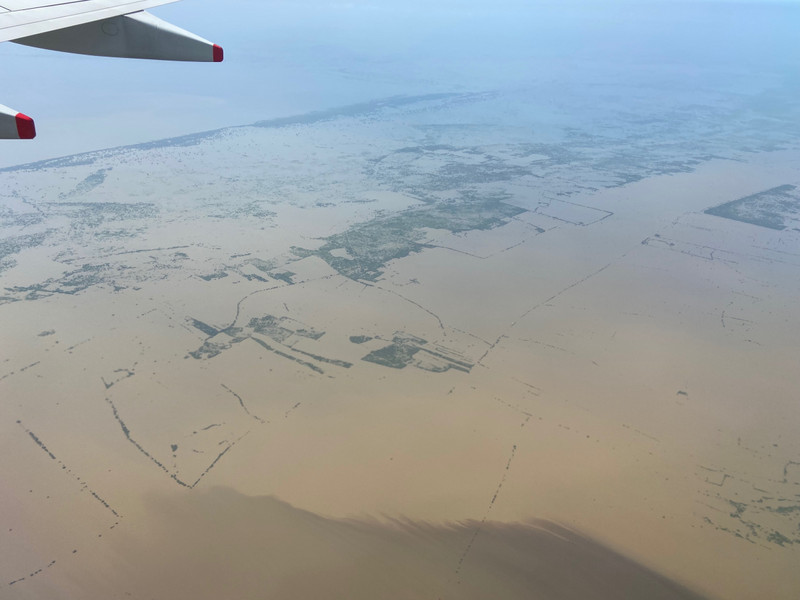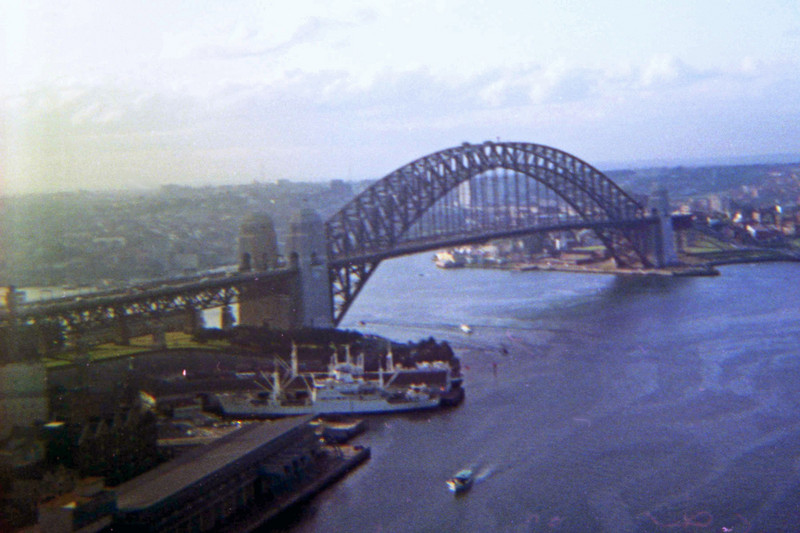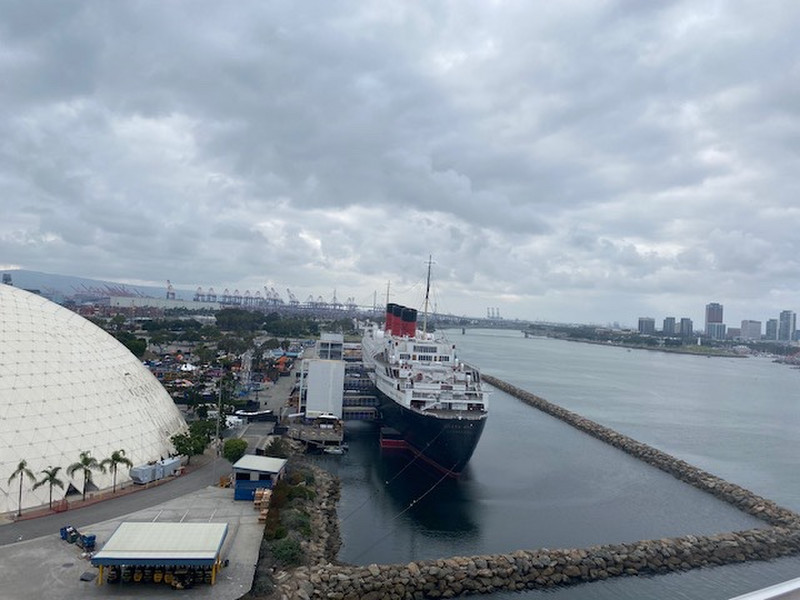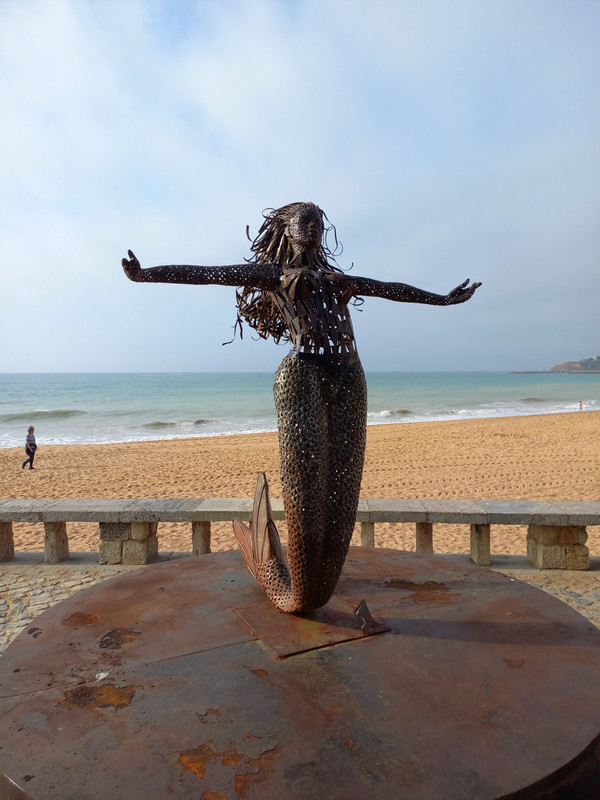Old Cape Spear Lighthouse. Constructed in 1836, Cape Spear Lighthouse is a striking example of the unique lighthouse architecture of the period. Rising up from the centre of the square lightkeepers residence, the light was a beacon of safe passage until 1955, when a new lighthouse tower was built nearby, using the original [Fresnel lens] light. Restored in National Historic Site of Canada. DSC_0005
Peering out our cabin window at 6:30 a.m., I saw we were off Cape Spear, Newfoundland, with its flashing lighthouse. It had taken Caribbean Princess two days to sail down from Nanortalik, Greenland, to reach St. Johnss. Caribbean Princess was docked in downtown St. Johns by 7 a.m. It was a beautiful day, another with intense sunlight.
We had booked the Cape Spear Lighthouse, St. Johns & Signal Hill shore excursion through Princess. The tour began with a drive through St. Johns and then a stop at Signal Hill.
Signal Hill is a strategic spot overlooking St. Johns as well as The Narrows, the entrance to St. Johns Harbour. The hill was fortified after the conclusion of the French and Indian War. Cabot Tower, the prominent structure today was built in 1897 Queen Victorias Diamond Jubilee and the 400th anniversary of John Cabots landing at Newfoundland. Marconi received the first transatlantic on Signal Hill in December 1901. Signal Hill affords many beautiful vistas down to the city and across all the way across to Cape Spear. Historical markers note Marconi and the citadel that was in place on the hill until World War II. Cabot
Cabot Tower on Signal Hill, St. Johns, Newfoundland. The tower housed signaling functions until 1958. It was built in 1897 as a monument to John Cabots 1497 voyage to North America and to the 60th anniversary of Queen Victorias reign. At the summit is the Cabot Tower, erected as a monument to John Cabot, the discoverer of the island (1497), and used for signaling to ships at sea. the was laid in 1897 of Queen Victorias Diamond 1907 Signal Hill National Historic Site of Canada. Canadian Register of Historic Places. IMG_0662
Tower has a gift shop on the first floor and exhibits on Marconi on the second. (The latter was closed when we visited.)
Returning to St. Johns we made a photo stop at the Basilica Cathedral of St. John the Baptist (1855). (A significant number of Newfoundlanders are of Irish Ancestry and Irish pronunciation influence is detected in the local dialect.) Our driver was an singer and treated us to several Newfoundland songs: Is the By; Jack Was Every Inch a Sailor; and the Newfoundland anthem, God Guard Thee, Newfoundland (Ode to Newfoundland).
The tour then proceeded to Cape Spear. Cape Spear is recorded at 52°37 W as the easternmost point in North America (excluding Greenland). There were wo lighthouses to see here. The first was constructed in 1836 to mark the approach to St. Johns. It is a square building with the light on top. The same family served as lightkeepers for 150 years. The new lighthouse was built in 1955. Cape Spear was fortified during World War II. A trail to the point leads past the abandoned artillery bunkers. One on the point there are views westward towards Cape Bay.
Guglielmo Marcons reception of the first transatlantic wireless signal on Signal Hill, 12 December 1901. IMG_0665
the motorcoach took us to the quaint fishing village of Petty Cove. We had an opportunity to walk around a bit here before returning to St. Johns and the ship. The tour returned about 12:30. After lunch aboard the ship, Susan and I decided to explore on foot. Water Street the street of St. Johns was only a block from the dock. We stopped at several shops. At one, I found a Newfoundland First Day Cover from the time before it joined Canada. I would have liked to have walked as far as the Railway Coastal Museum in the old Newfoundland Railway Station, but it turned out to be too far.
